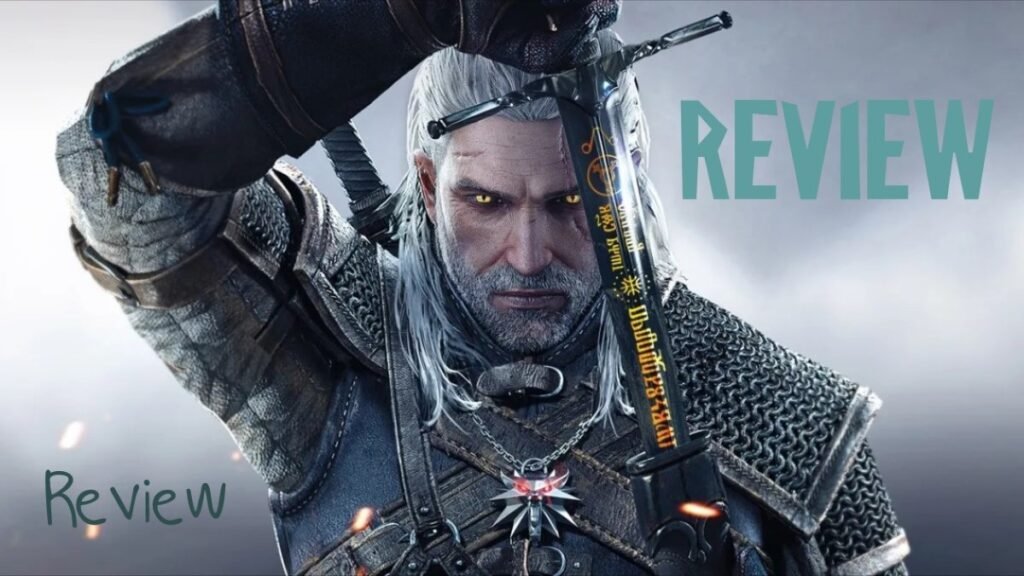
Unlike its predecessor, The Witcher 3: The Wild Hunt doesn’t exactly hit the ground running. While The Witcher 2 threw you straight into a complex web of intrigue and betrayal, The Witcher 3‘s main quest can sometimes feel slow and even mundane, especially early on. However, the moment I ventured off the beaten path, the game transformed into a thrilling, open-ended fantasy role-playing experience, with plenty of opportunities to engage in its excellent combat system.
Even after more than 100 hours, there’s still so much more to discover, learn, and hunt in The Witcher 3. Like its predecessor, the game is dense with RPG mechanics, but its vast open world makes that depth even more intimidating at first. Over time, though, it becomes incredibly rewarding. It’s hard to fully convey the scale of this world, but the landscapes are some of the most authentic-feeling open-world environments I’ve ever encountered. A handy mini-map points you in the right direction, which might seem like a crutch at first, but honestly, without it, I’d have been hopelessly lost. The fact that the world still feels purposeful, full of things to do despite its size, is a huge achievement.
Compared to The Witcher 2, I found that The Witcher 3‘s RPG systems have been streamlined in some areas while becoming more complex in others. Simplified mechanics for restocking potions and oils make them more practical and accessible, while the new skill system offers more flexibility without sacrificing the rewarding depth for players who want to optimize their builds. This all comes together in the responsive, real-time combat, where Geralt feels more like a badass than ever before, thanks to improved magic play and new alternate casting modes for spells. These changes make combat dynamic and impactful in every fight.
That said, there is a caveat. I played the PS4 version of the game, and while the technical performance didn’t significantly impact gameplay, there were moments when maintaining 30 frames per second was a struggle.
The story kicks off as a search across multiple continents for Geralt’s long-lost lover, Yennefer, and Ciri, his surrogate daughter. Unfortunately, my biggest issue with The Witcher 3 is that it never evolves much beyond this premise. The main story often feels like a series of errands for various characters in exchange for information. While the writing and voice acting provide some emotional payoff, the story as a whole feels bloated with fetch quests and unnecessary collect-a-thons.
Without the context provided by the Witcher novels, Ciri is more or less a stranger until the final stretch of the game, which makes it difficult to care about her as much as the game seems to want me to, especially given the presence of so many intriguing supporting characters. But when you venture off the main path, that’s where The Witcher 3 truly shines. Beyond the standard side quests, monster lairs, and bandit camps, the character-focused optional quests and monster-hunting contracts are so rich in story that they often feel more compelling than the main plot itself.
These quests frequently offer fascinating insights into a world ravaged by war and the colorful characters shaping it. Best of all, you, as Geralt, play an important role in these stories. While these side stories may not drastically change the main conclusion, they often provide an emotional payoff, and small decisions you make along the way can have surprisingly large consequences later on. The choices you make truly affect the world around you, far more so than in many other games that claim the same.
Though the main story overstays its welcome with its fetch quests, the option to simply lose myself in the vast, rich world always provided a welcome escape when I began to tire of the plot. Even when the main story faltered, the engaging characters, excellent combat, and deep RPG gameplay made The Witcher 3 an unforgettable experience—one that few other RPGs can match.